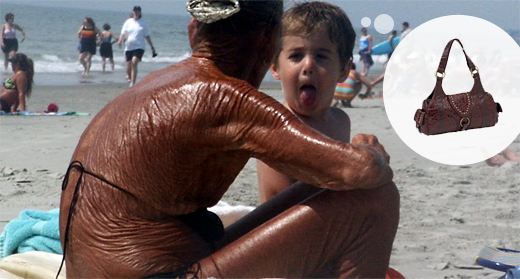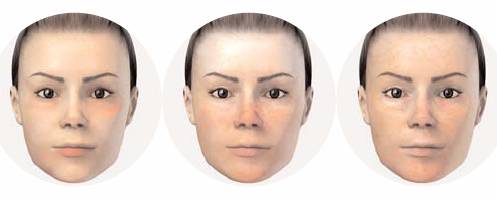Tanorexia: Tanning Addiction and Sun Protection Tips

What is Tanorexia?
Tanorexia is basically an addiction to sun tanning. Tanorexia is a condition in which a person participates in excessive outdoor sun tanning or use of other skin tanning methods (such as tanning beds) to achieve a darker skin complexion because they perceive themselves as unacceptably pale.
Could that “healthy glow” actually be unhealthy?
Absolutely. Keep in mind that a suntan is your body’s natural way of defending itself from the sun’s harmful ultraviolet (UV) rays. UV exposure causes the skin to produce more melanin (the pigment that gives your skin its natural color). While you may enjoy the look of a tan, the UVA and UVB rays also work in ways you may not appreciate as much:
- UV light weakens connective tissues that give your skin firmness and elasticity, resulting in wrinkles and thinner, more translucent skin.
- Hyperpigmentation—usually seen as small dark spots or freckles—occurs when an excess of melanin is produced in these small patches of skin.
- In extreme cases, overexposure to the UV light can lead to skin cancer. According to the American Cancer Society’s Cancer Facts and Figures 2009, over 70,000 Americans will be diagnosed with skin cancer this year, and New York State ranks fourth in the nation for the most estimated new cases in 2009 following California, Florida and Texas.*
America’s Next Top Tanorexic is…

It is not surprising that California ranks #1 for melanoma risk with the great number of tanning salons and the abundance of very tanorexic celebs such as the ones pictured above, including Victoria Beckham. However, BeautyNewsNYC also reported last year that there are a growing number of celebrities who are staying away from tanning beds and “fake bakes” and sporting more Geisha-like porcelain complexions (think Anne Hathaway, Julianne Moore, Nicole Kidman and Dita von Teese).
Tanorexia Makes You Look Old

As further proof of the need to protect your skin from sun damage, scientists have found through computer imaging that hyperpigmentation directly influences how old we appear to others. Using digital images of 169 women, aged 17-70, the color distribution on each woman’s face was imposed on a generic 3-D form devoid of fine lines, wrinkles, and other traditionally age-defining characteristics. Faces with more even color distributions were perceived to be healthier and younger in appearance.
Protect Your Skin This Summer!
Summer is the time for New Yorkers to flock outdoors en masse to sunny destinations such as Central Park, Coney Island, the Hamptons and Jersey Shore to soak up those intoxicating rays and work on their tans. As great as it feels to be outdoors during the summer, be careful (i.e. not a “tanorexic”) and protect your skin every time you are outside with these summer skincare tips:
- Minimize sun exposure, especially between 10am – 4pm when the sun is at its brightest.
Always protect your skin by applying sunscreen 30 minutes before you step outside. - If your schedule requires you to be in the sun for extended periods of time, wear protective clothing such as hats, long-sleeved shirts, and long pants.
- Remember that you can burn as easily on an overcast day as a sunny one.
- Be cautious of reflective environmental surfaces such as sand, water, concrete, and snow as these can multiply the power of the sun’s light.
- Stay away from tanning salons, tanorexic conventions, and UV tanning beds, and beware of false advertising claims that indoor tanning with UVA light is safer than sunlight.
- Teach children the dangers of tanorexia and the benefits of proper sun protection from a young age. The effects of sun damage accumulate over their lifetimes, and it is never too early to create good habits.
- Although darker skin is less likely to burn, it is still important for those with darker complexions to protect their skin with sunscreen to prevent skin cancer, wrinkles and other signs of aging.
